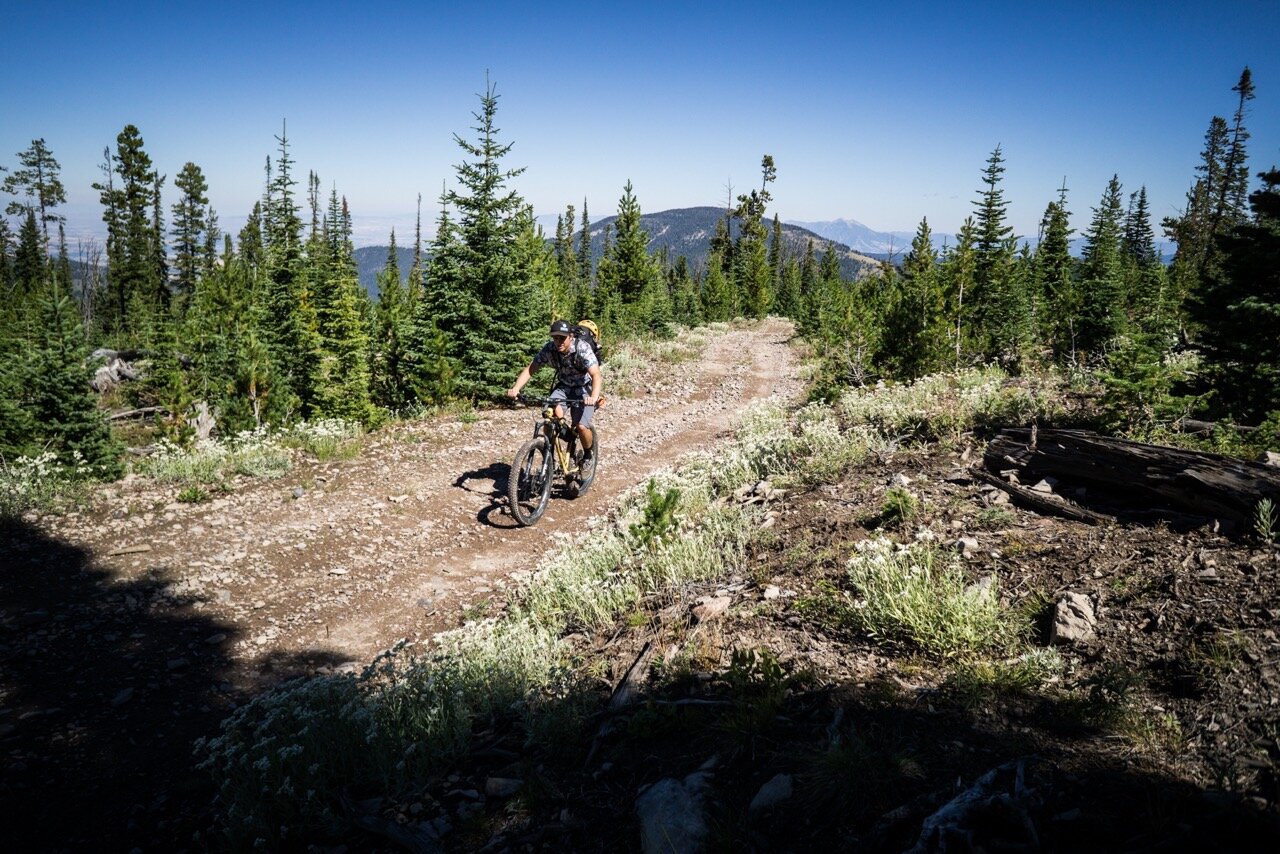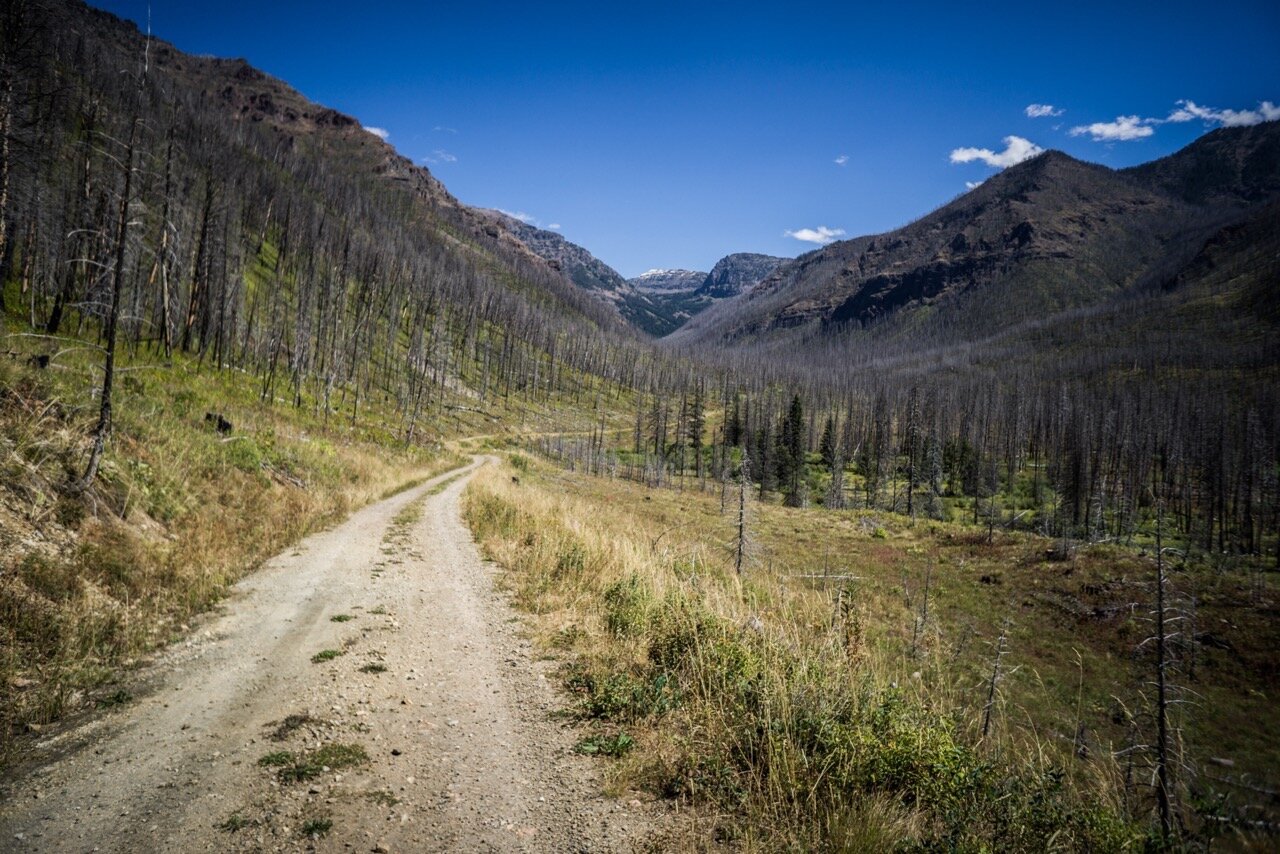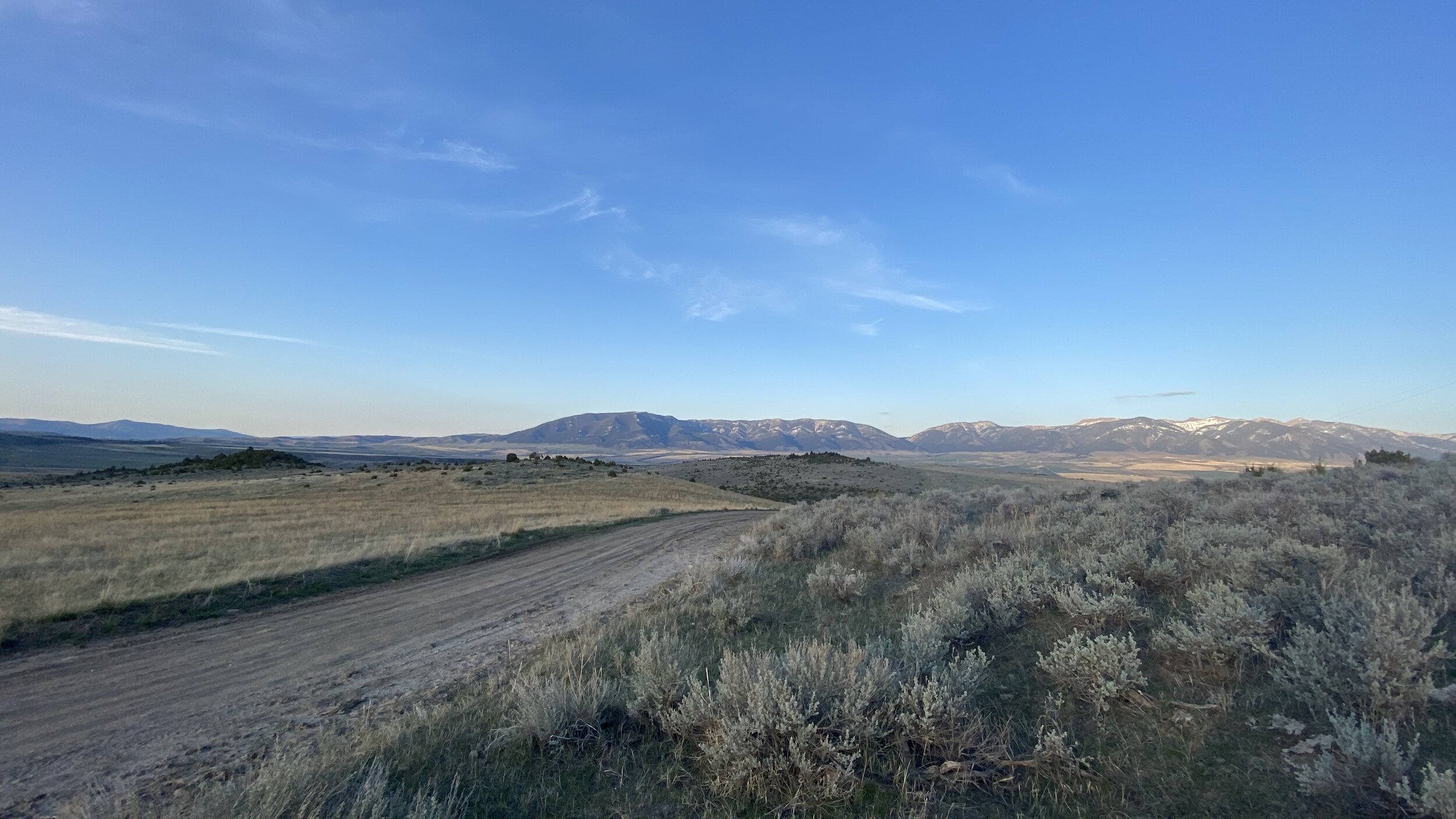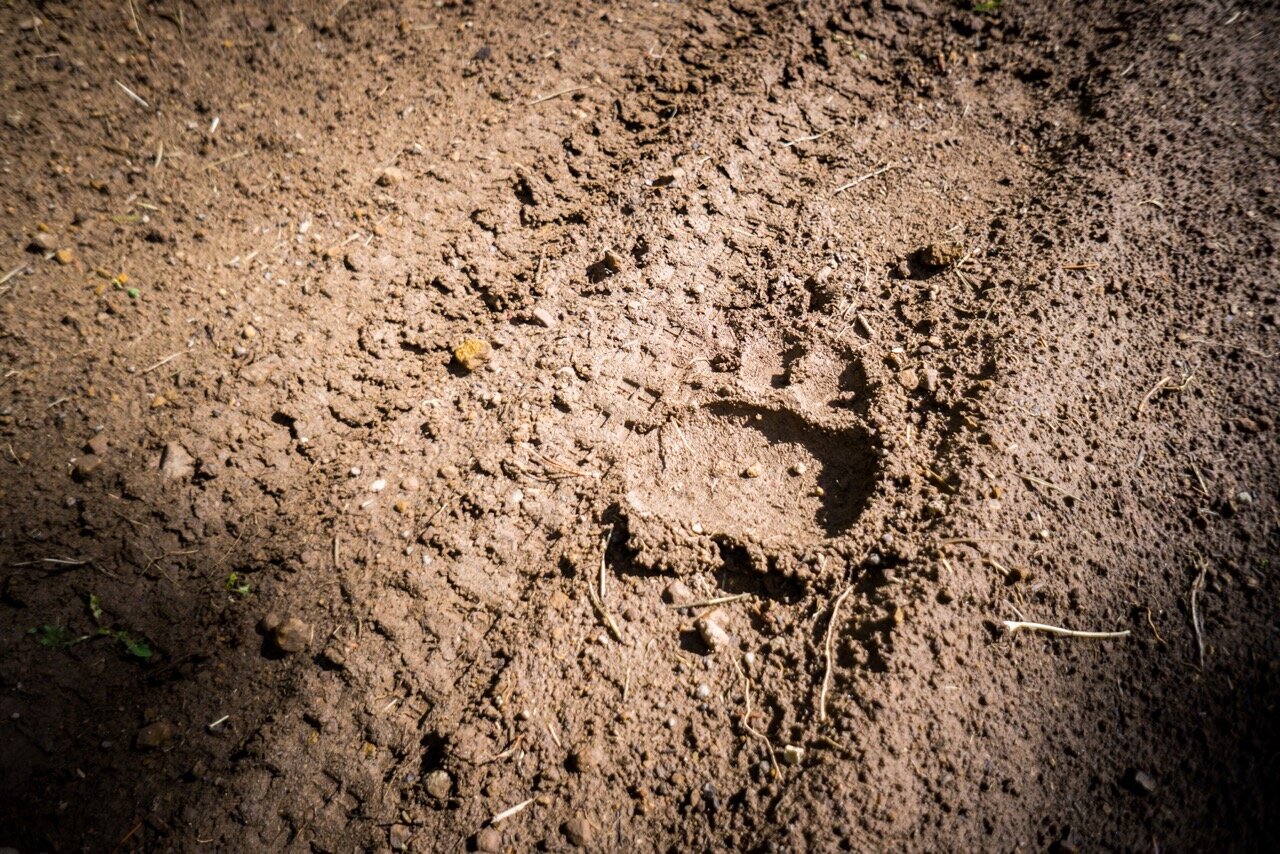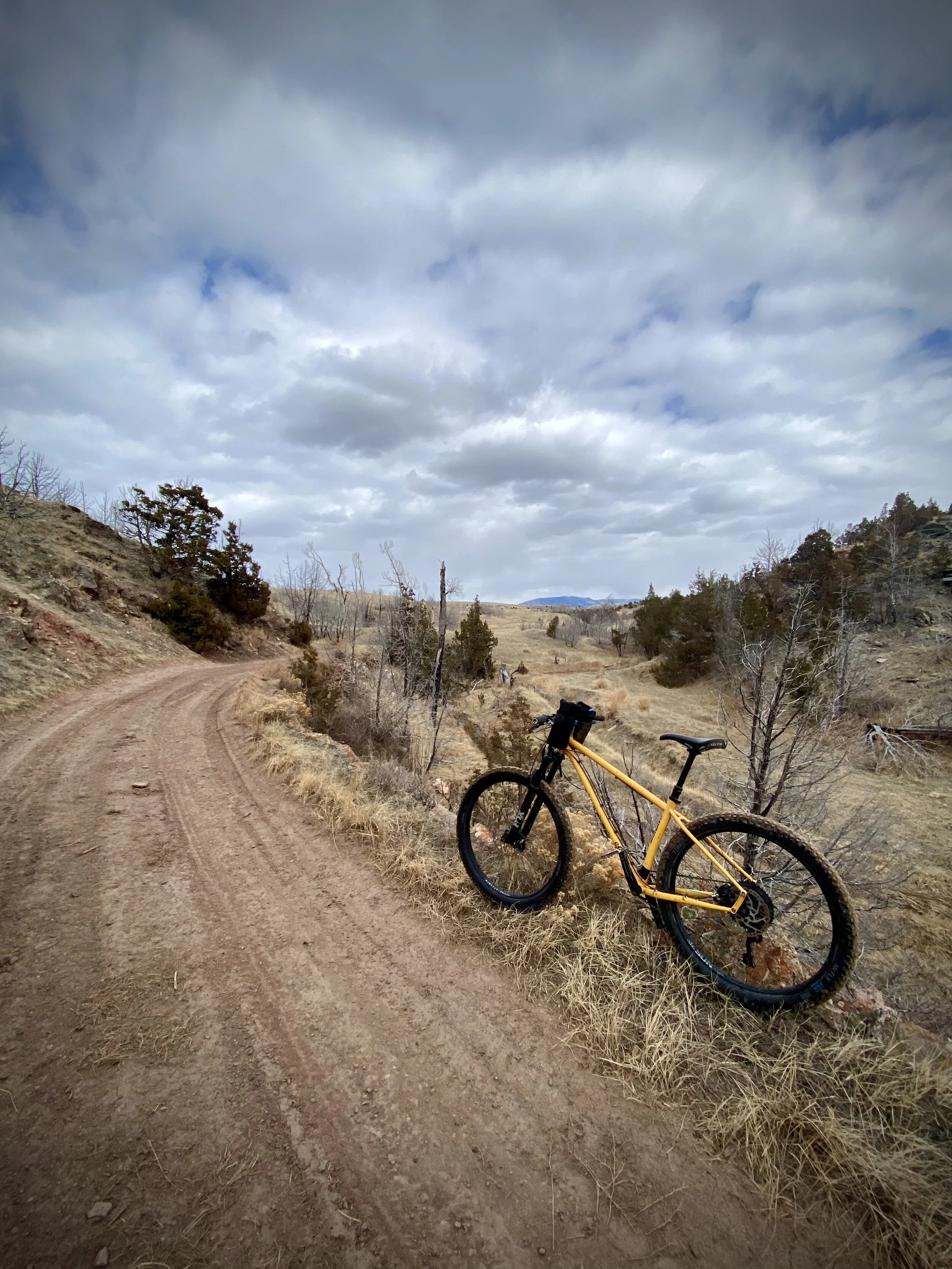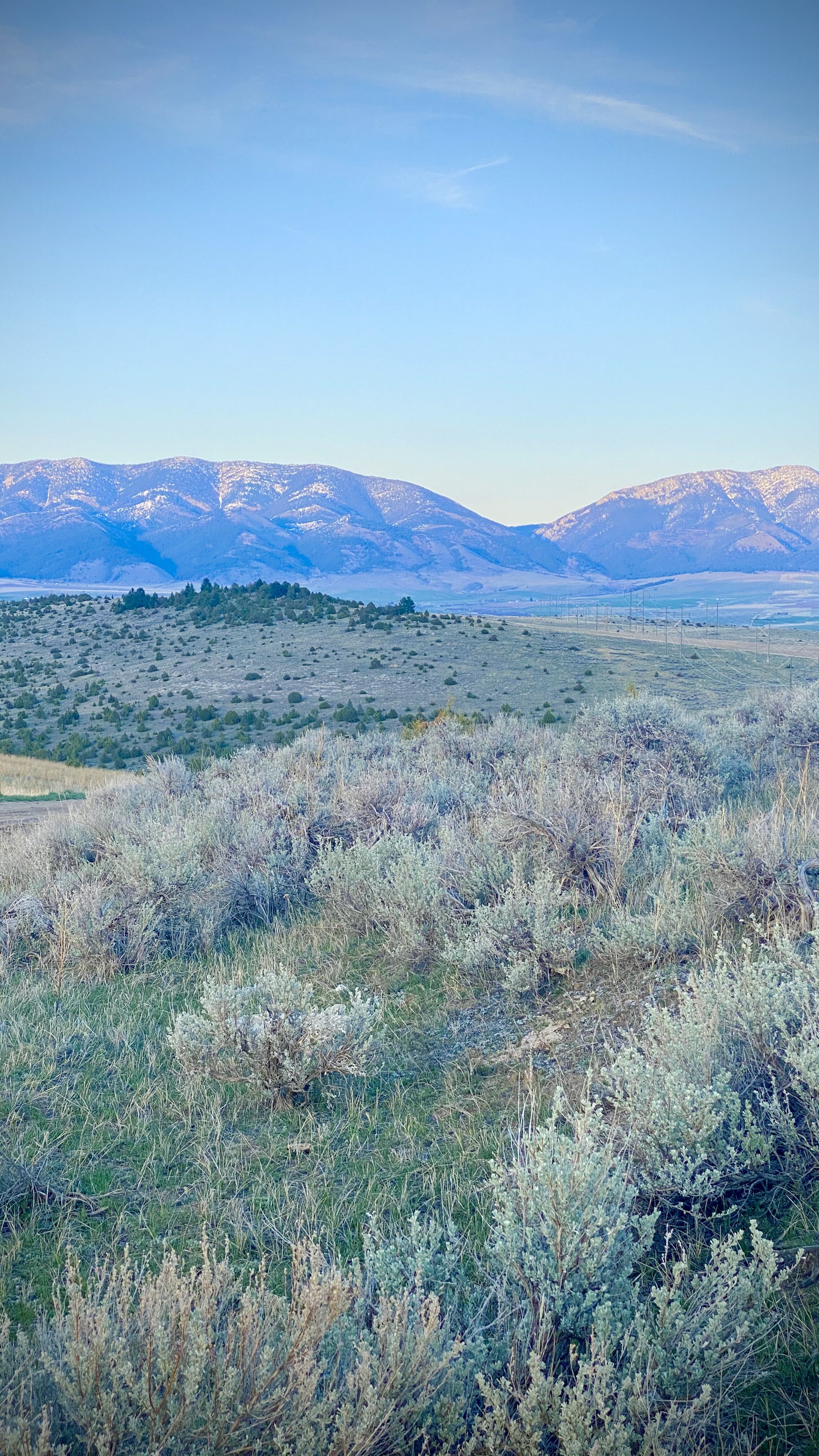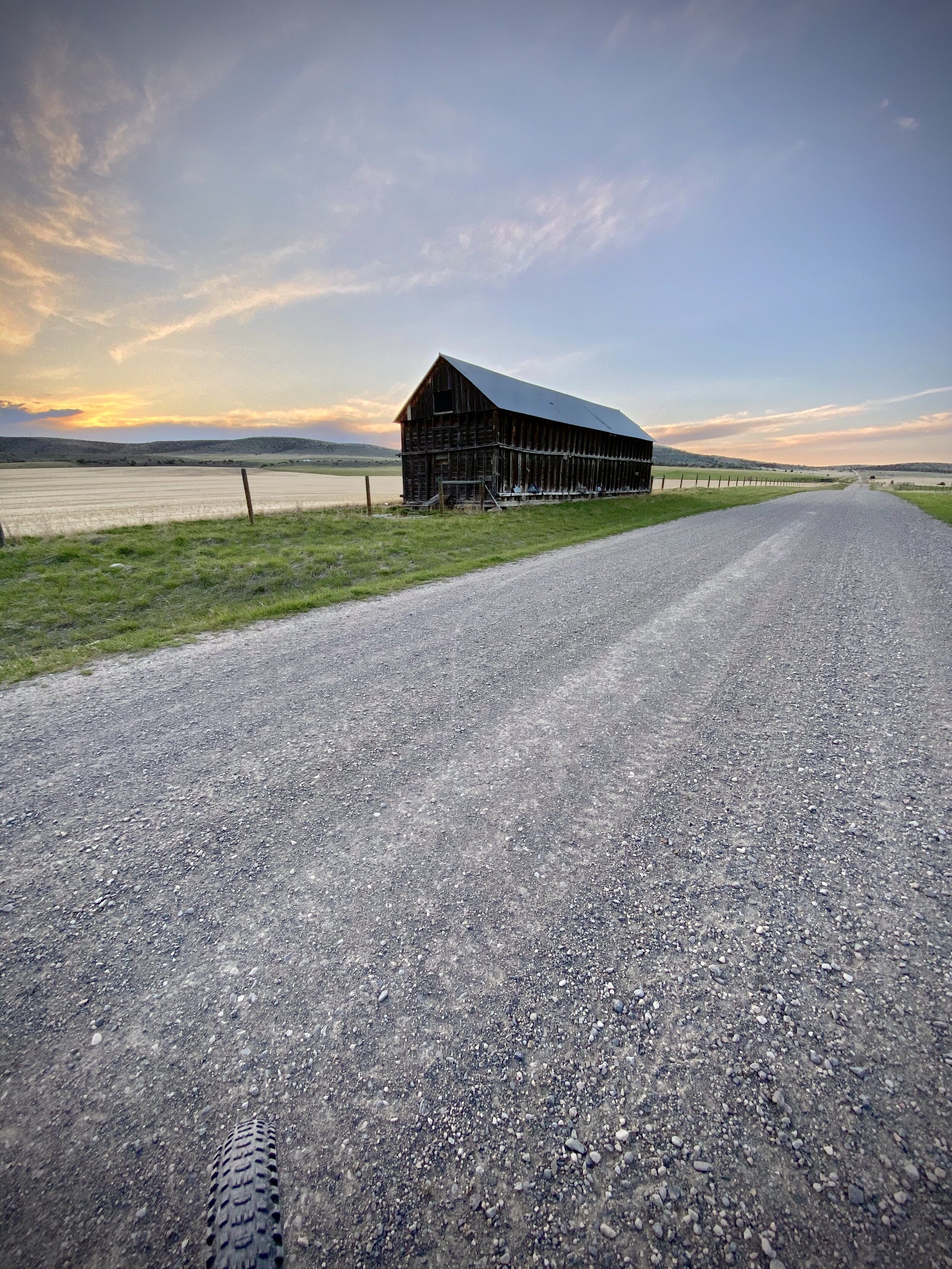The Secret to Building Your Endurance Base? Try Some LSD
Photo by Ryan Krueger; Storm Castle Road
by Sam Van de Velde, MSc., exercise physiologist, Lone Peak Performance
Riding bikes in the mountains of Montana is undoubtedly challenging. Our trails are steep, our air is thin, and the elements can be relentless. But that’s half the fun, and with some basic adjustments to how we ride, we can make the experience a whole lot more enjoyable. All you have to do is try LSD.
Long Slow Distance (LSD)
Regardless of your training phase, the bulk of your training should include endurance rides in your aerobic zones. According to researcher Stephen Seiler of Augdar University, that’s zones 1 and 2 in the 5-zone training model. The chart below is a summary of world-class Nordic skiers training over the course of a year—80% of their sessions are completed at low intensity.
Training at low intensity is very repeatable and can be easily absorbed and recovered from. The purpose of low-intensity training is to better metabolize fat and spare glycogen as an energy source (glycogen is the stored form of carbohydrate in the muscles and liver), saving carbohydrate and muscle glycogen for later stages of races and rides. This is key to preserve your energy throughout an entire bike ride or race. Riding in zones 1 and 2 is also responsible for lactate clearance. While training in all zones is needed, zone 2 training should be one of the most important parts of any training program.
Zone Definition & Purpose
Zone 1 is used for warming up, cooling down, and is often used for recovery during interval training. Zone 1 is the place where you gently warm the muscles, elevate the heart rate, and prepare the body for the workout to come. You can easily talk, the body starts to perspire, and the effort is enough to feel like you are getting warm. Zone 1 workouts include warm up, active recovery days, general physical activity, ultra-marathon workouts.
In zone 2 you can still speak in sentences, but speech becomes a little harder. You are perspiring slightly. This is your all-day pace for long bouts of exercise. Exercise in this zone still feels fun, but slow at times. It corresponds with the Ventilatory Threshold 1 aerobic threshold, the place where your breathing transitions from an easy talk test, to speaking with slight difficulty. For any endurance athlete, zone 2 should make up at least 70% of your training. I train in zone 2 3-4 days a week. Zone 2 workouts include foundational workouts, over-distance ( long slow distance), endurance, and easy hill training.
Beginners Should Start at the Beginning
Sounds obvious, right? But few beginner athletes train in zone 2. Therefore, they don’t develop a good “base,” or foundation to work with. Many mistakes I see as an exercise physiologist are athletes thinking that the only way to get faster is by always training faster, harder, and longer. Although beginners can get away with this at first, it almost always leads to burnout or stagnation.
Another trap of new mountain bikers is following their experienced friends and family. Although friends can be helpful with tips and guidance, the social pressure of keeping up will likely have you riding in zones 4 and 5 until your bike-specific endurance and handling skills improve.
Therefore, a good way to improve your bike endurance is to ride at or below your skill level to develop a foundation in conjunction with your more challenging rides with your more skilled friends. During these base training rides, you’ll want to really emphasize building the distance or duration of these rides steadily over time.
Base-Building Rides
This time of year, it can be difficult to find trails with enough dry singletrack to effectively train in zone 2. My advice? Seek out mixed-surface routes. For example, starting in Bozeman, ride in-town singletrack and pavement out to the Sourdough trail. Then climb Sourdough as high as the snowline will allow. As spring progresses, you’ll find yourself stringing together a mix of pavement, dirt road, and singletrack for a ride that can range from 2-4 hours and 15-40 miles.
Another great option in Gallatin Canyon is the Storm Castle drainage. Storm Castle Rd. takes you 11 miles one way to the singletrack trailhead, but there are also several old logging roads you can explore as the snow melts. Jump on Trailforks or grab the Bozeman Area Beartooth Publishing map.
On the west side of the Bridgers, use dirt roads to access singletrack up Sypes, Middle Cottonwood, Truman, or Corbly, staying in zone 2 from your house to the trailhead.
Given the challenging nature of our local mountain bike rides, building a fitness base is vital to fully enjoying the ride. If you don’t have hours and hours to ride every day, smart training can expedite the strengthening process, allowing you to go further and higher in the mountains of southwest Montana.



